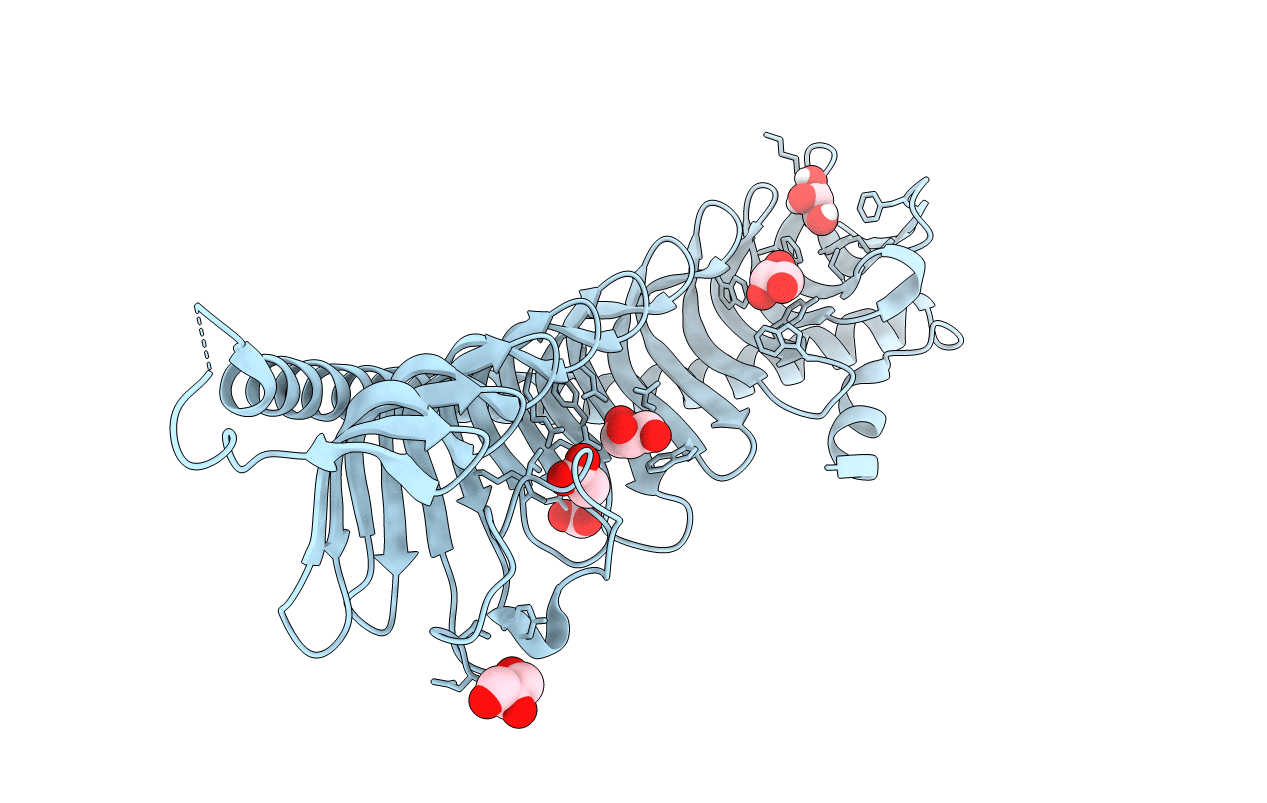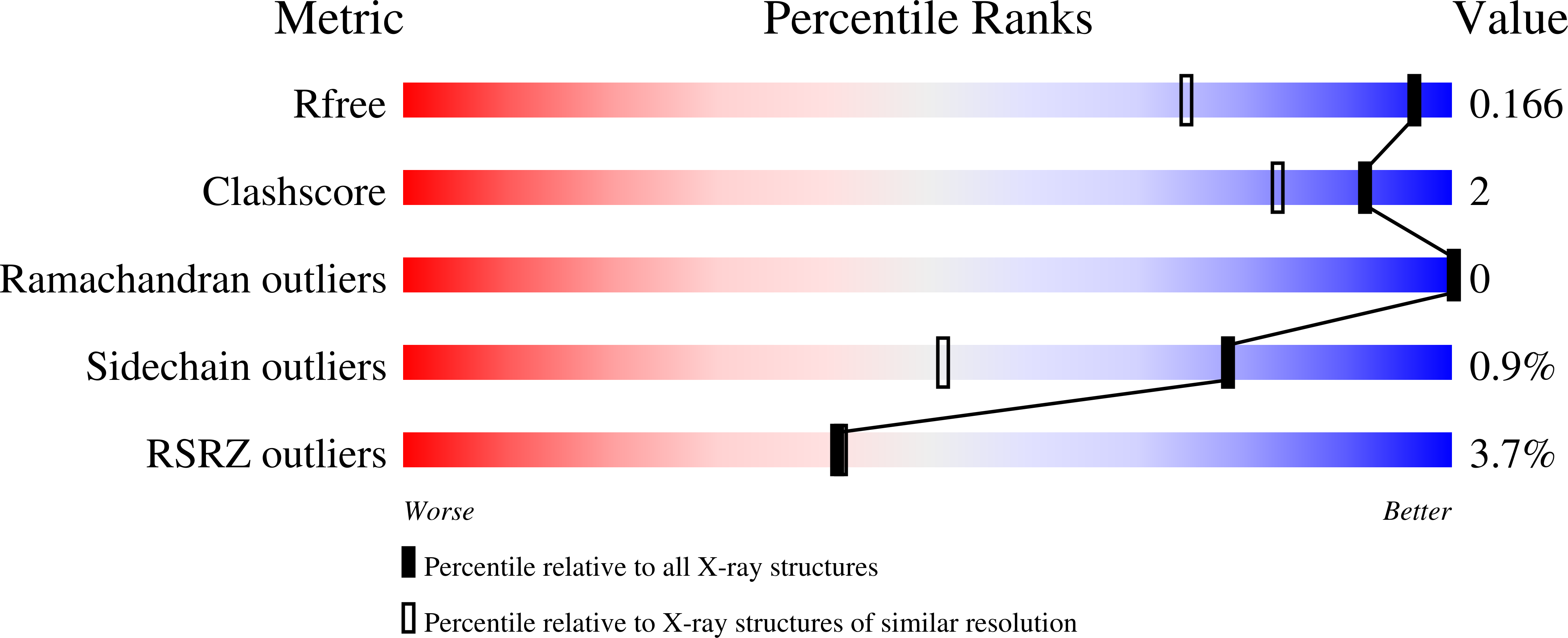
Deposition Date
2021-08-19
Release Date
2022-02-23
Last Version Date
2024-05-22
Method Details:
Experimental Method:
Resolution:
1.31 Å
R-Value Free:
0.16
R-Value Work:
0.13
R-Value Observed:
0.13
Space Group:
P 21 21 21


